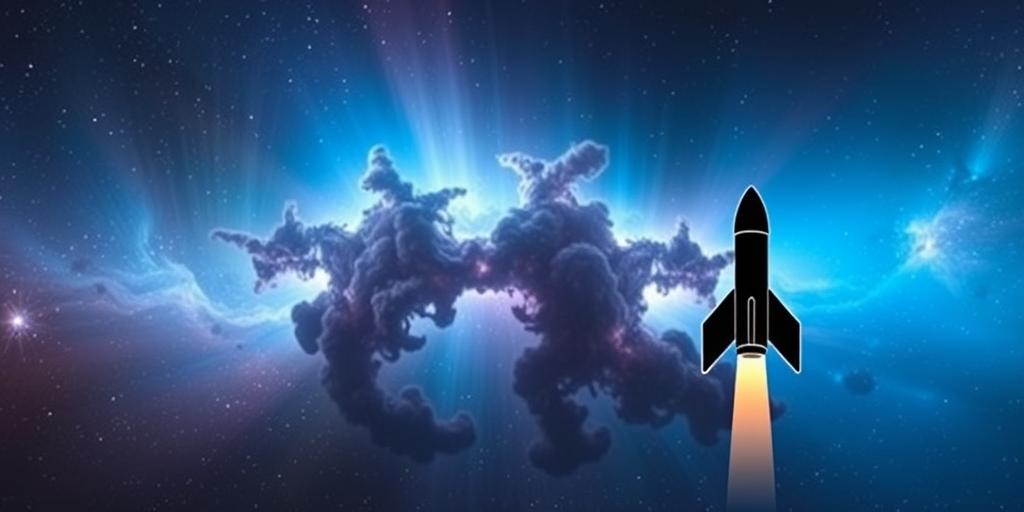The Latest Breakthroughs in Space Exploration
Explore the latest breakthroughs in space exploration, including reusable rockets, advanced propulsion, deep space telescopes, and robotic missions. Discover the future of space travel.

The Latest Breakthroughs in Space Exploration
Space exploration has always captivated humanity, driving innovation and pushing the boundaries of what we believe is possible. In recent years, several groundbreaking advancements have reshaped our understanding of the cosmos and opened new frontiers for exploration. This article will explore some of the latest breakthroughs in space exploration, highlighting their significance and potential impact on the future.
Reusable Rocket Technology
One of the most transformative advancements is the development of reusable rocket technology. Companies like SpaceX have successfully demonstrated the ability to land and reuse rocket boosters, significantly reducing the cost of space travel. Traditional rockets are designed for single use, with each launch requiring an entirely new vehicle. Reusable rockets, however, can be flown multiple times, much like commercial airplanes, leading to substantial cost savings and increased launch frequency. This breakthrough has made space more accessible for both government agencies and private companies, fostering greater participation in space exploration and research.
Advanced Propulsion Systems
Another exciting area of progress is in advanced propulsion systems. Traditional chemical rockets have limitations in terms of speed and efficiency, making long-distance space travel challenging. To overcome these limitations, scientists and engineers are developing advanced propulsion technologies such as ion drives, solar sails, and nuclear propulsion systems. Ion drives, for example, use electric fields to accelerate ions, generating thrust with high efficiency. Solar sails harness the pressure of sunlight to propel spacecraft, offering a potentially limitless source of energy. Nuclear propulsion systems, while still in the early stages of development, promise to provide significantly higher thrust and efficiency compared to chemical rockets, potentially enabling faster and more ambitious missions to distant destinations.
Deep Space Telescopes and Observatories
Advancements in telescope technology have revolutionized our ability to observe and study the universe. Deep space telescopes like the James Webb Space Telescope (JWST) represent a monumental leap forward in astronomical observation. JWST, launched in December 2021, is the most powerful space telescope ever built, capable of observing the universe in infrared light with unprecedented clarity. This allows scientists to peer through cosmic dust and gas, unveiling the formation of stars and galaxies, and studying the atmospheres of exoplanets. The data collected by JWST is already providing new insights into the early universe and the potential for life beyond Earth. Ground-based observatories, such as the Extremely Large Telescope (ELT) currently under construction in Chile, will complement space-based telescopes, providing additional capabilities for studying the cosmos.
Robotic Exploration Missions
Robotic exploration missions continue to play a crucial role in expanding our knowledge of the solar system. Missions like the Mars rovers (e.g., Curiosity, Perseverance) have provided invaluable data about the Martian surface, geology, and atmosphere. Perseverance, for example, is collecting samples of Martian rocks and soil, which will be returned to Earth for further analysis, potentially revealing signs of past or present life on Mars. Other robotic missions, such as the Europa Clipper, aim to explore the icy moons of Jupiter, which are believed to harbor subsurface oceans that could potentially support life. These robotic explorers serve as our eyes and ears in distant worlds, gathering data and paving the way for future human missions.
Commercialization of Space
The commercialization of space is another significant trend shaping the future of space exploration. Private companies are increasingly involved in various aspects of space activities, including satellite launches, space tourism, and resource extraction. Companies like Blue Origin and Virgin Galactic are developing space tourism programs, offering paying customers the opportunity to experience suborbital spaceflight. Other companies are exploring the possibility of mining asteroids for valuable resources, such as water and precious metals. The commercialization of space is driving innovation, reducing costs, and creating new opportunities for economic growth in the space sector.
Conclusion
The latest breakthroughs in space exploration are opening up new possibilities for scientific discovery, technological advancement, and economic development. Reusable rocket technology, advanced propulsion systems, deep space telescopes, robotic exploration missions, and the commercialization of space are transforming our understanding of the universe and paving the way for a future where humanity can explore and utilize the vast resources of space. As we continue to push the boundaries of what is possible, space exploration promises to remain a source of inspiration, innovation, and discovery for generations to come.



